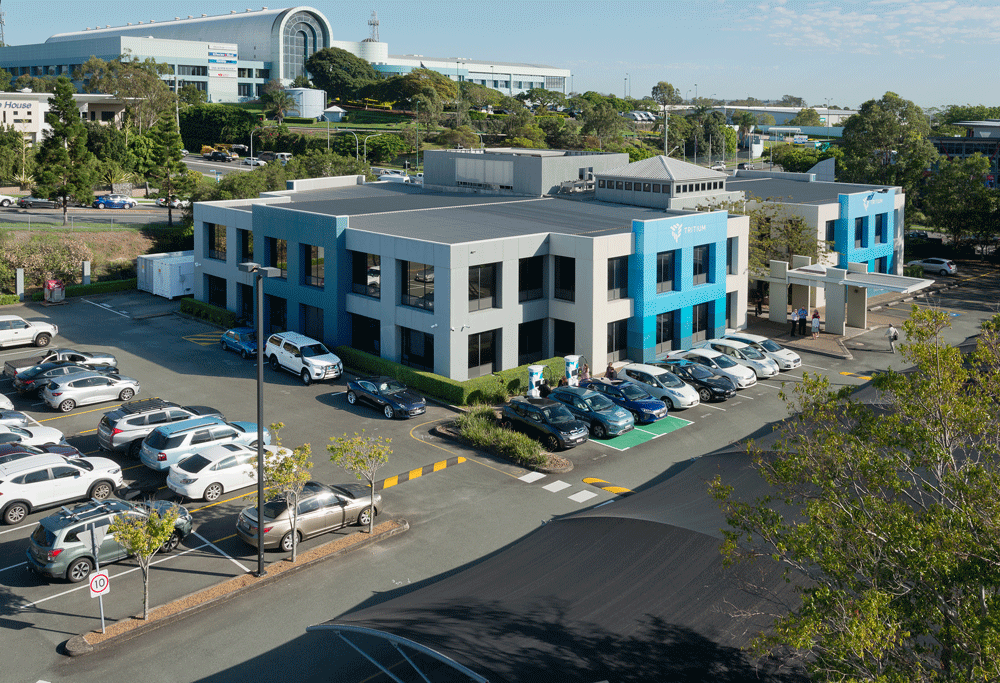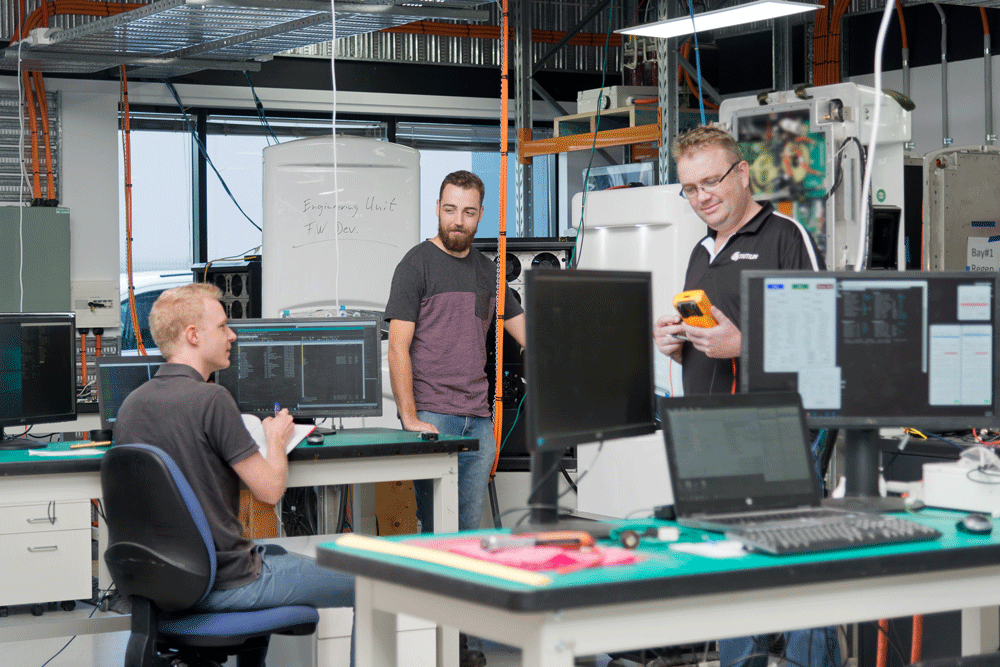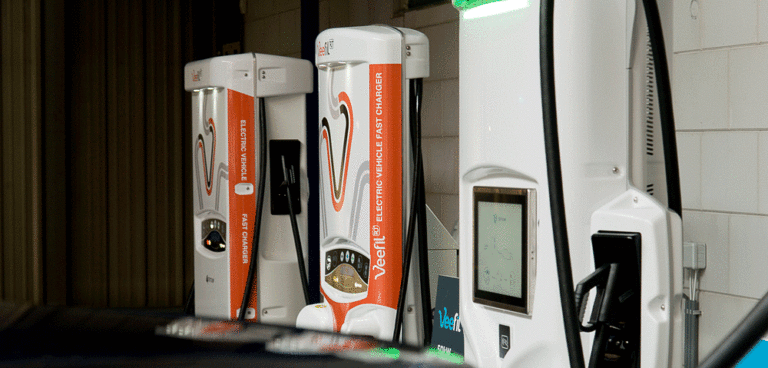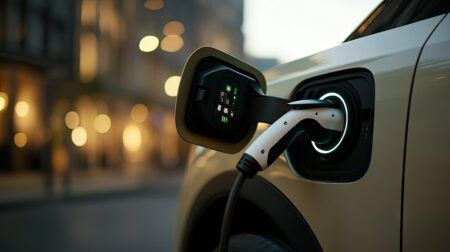EV charging developer Tritium has opened a new, state-of-the-art R&D center and laboratory – intended to serve as the global hub for Tritium’s additional R&D and testing facilities in Europe and North America.
The Tritium E-Mobility Innovation Centre in Brisbane, Australia (below and bottom), is part of a major expansion of the company’s headquarters. The new facilities will help increase production rates and speed up time-to-market, and further enable the rapid development of new EV charging technologies.
Tritium has also announced the opening of its Tritium E-Mobility Innovation Centre at its facilities in Amsterdam. This facility will enable manufacturers to test new and existing vehicles for DC charger interoperability, particularly with Tritium’s Veefil-RT 50kW DC Fast Chargers and Veefil-PK 175-475kW DC High Power Chargers.

“By the end of 2018, we were adding an engineer to the team every week, on average,” says James Kennedy, chief technology officer and co-founder of Tritium. “In engineering circles, this growth rate is unheard of. But as Tritium continues to expand, this rate of growth is absolutely necessary to cater to demand for DC fast-charging and high-power charging.”
The Tritium E-Mobility Innovation Centre makes up part of the facilities in Amsterdam (below), which were opened a year ago.

“The Centre in Amsterdam was developed with the needs of the European Automotive industry in mind and it’s now being used by OEMs on a daily basis,” adds Kennedy. “Previously, testing had to be carried out at various automotive festivals, or we would have to deliver temporary chargers across borders, in some cases to manufacturers, and seek their return at a later date. The process was cumbersome and hindered innovation.
“Automotive OEMs now have a base in Europe at which they can work alongside Tritium engineers to solve issues and develop and test all aspects of battery/charger interoperability, including communications and other technical advances inherent in the next wave of EVs.”
 Since the soft-launch of the Centre in February, Tritium has tested its chargers for compatibility with five automotive brands, as well as electric truck and bus manufacturers.
Since the soft-launch of the Centre in February, Tritium has tested its chargers for compatibility with five automotive brands, as well as electric truck and bus manufacturers.
“From our perspective, this allows us to test advances in charging technology, such as vehicle-to-charger communications, vehicle-to-grid or bidirectional charging, support services, and more,” says Kennedy. “The Innovation Centre is uniquely placed in the heart of European automotive innovation to ensure we can work with the industry to accelerate the development of new EVs and the next wave of charging infrastructure needed to power them.”




